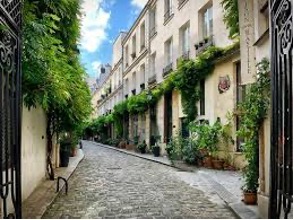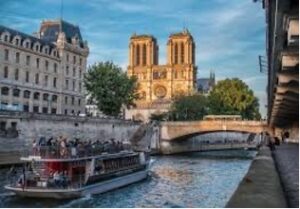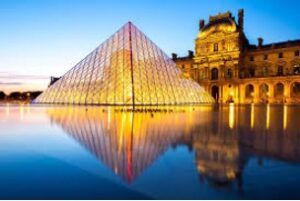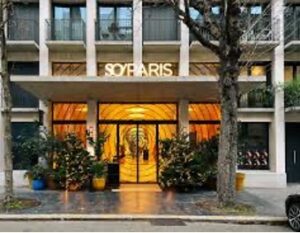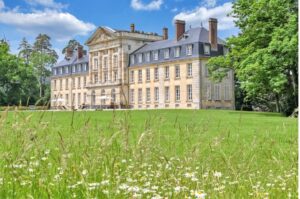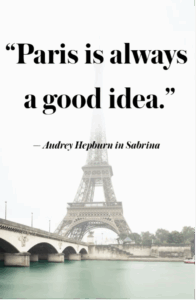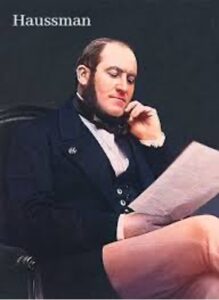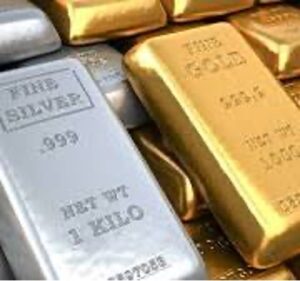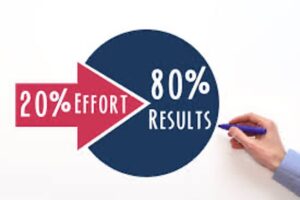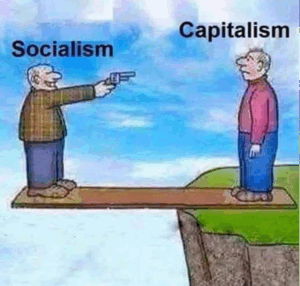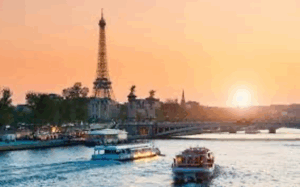All the news you miss when you get your news from the mainstream media…
Trump Issues Order to Slash Drug Prices by 50%
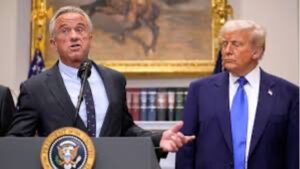
President Trump has done it again – signing an executive order that he probably has no right to sign but that, if put into action, will help his already strong poll numbers move even higher.
I’m talking about an order that directs the Dept. of Health and Human Services (HHS) to work with pharmaceutical companies to drastically lower the prices of many of their most expensive drugs.
The order has a 30-day deadline for compliance, which means that if companies fail to meet these targets, the administration may implement regulatory actions, including tariffs and antitrust measures. Click here.
The New ID Cards: Are They Keeping Us Safe?
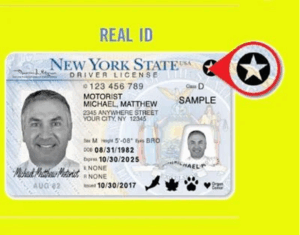
Sometime soon you will no longer be able to board a plane in the US without a new type of ID card.
They call it Real ID, and, unlike previous ID requirements, it is digital and will put you into a centralized federal data base, which gives the government the ability to track you and stop you wherever and whenever you travel.
The program was introduced in response to the 9/11 attacks, ostensibly to standardize identification across states and enhance national security, which it surely will do. But in doing so, it will also enormously increase the federal government’s ability to know what you are doing 24/7, and will allow government bureaucrats to charge you and prosecute you for high crimes and misdemeanors without your knowledge or consent.
Real ID requires stringent documentation, such as proof of residency, your Social Security number, and your birth certificate, creating concerns about privacy and data security. A recent essay published by the Mises Institute argues that the program is a federal power grab and contends that it is not about enhancing safety but about expanding surveillance – a charge I not only agree with but have been predicting for many years.
The next step will be the Digital Dollar. After that, outlawing and eventually confiscating non-inflatable currencies such as Bitcoin and gold. Remember – you heard it here first.
Here’s what you need to know about the Real ID.
And here’s how to get one and use it for transportation.
The Consequential Trump Move No One’s Noticed

On April 23, in yet another bold move early in his presidential term, Donald Trump signed Executive Order 14281, titled “Restoring Equality of Opportunity and Meritocracy.”
The order targets the judicial doctrine of “disparate impact,” established in the 1970s. Under disparate impact, practices can be deemed discriminatory based on outcomes, even without intent to discriminate. Examples include aptitude tests or job requirements that disproportionately affect certain minority groups.
This is a radical move. It represents a significant shift in civil rights enforcement, moving away from outcome-based assessments. The order is based on the view that the doctrine of disparate impact has effectively created a “second Constitution” by redefining discrimination.
What’s Going on with Stacy Abrams?
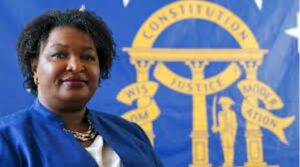
In April 2024 – when it was already clear that Trump was going to replace Biden as president – the EPA awarded a grant to Power Forward Communities (PFC), under the National Clean Investment Fund, to fund energy-efficient housing projects in low-income communities.
That may have been another “nothingburger” (see below), except that the primary beneficiary of the grant was none other than Stacy Abrams, who became famous for trying to put Trump in jail, and that the amount of the grant was an astonishing $2 billion.
To make matters worse, PFC, formed just months earlier, reported only $100 in revenue in 2023. Upon further investigation, it was revealed that Stacey Abrams served as senior counsel at Rewiring America, a PFC member organization.
EPA Administrator Lee Zeldin criticized the allocation as “extremely concerning,” and the DOJ and FBI launched investigations into possible financial mismanagement. The grant has since been frozen, pending the outcome of the investigations. Senator Kennedy addressed the issue in a recent Congressional session.
Click here and here.
The Donald’s Art of the Nothingburger
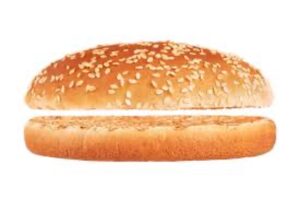
President Trump and his Make America Richer Again team have been touting the tariff agreement they made last week with the United Kingdom. Unsurprisingly, the Never Trump pundits began criticizing it before the ink was dry.
I didn’t bother to waste my time finding out what they had to say, but when I saw the headline on this article – “The Donald’s Art of the Nothingburger” – I felt I owed it to myself to read it. It’s by David Stockman, arguing that the deal is going to cause a $1 billion to $6 billion increase in the costs of US imports from the UK, and that the touted increase in US beef exports and Boeing aircraft sales will be negligible.

